A destination of the Grand Tour and a place beloved by such notables as Richard Wagner, Winston Churchill and Virginia Woolf, Ravello, on the Amalfi Coast, opens to the traveler as a very ancient town that, according to tradition, was founded by the Romans in search of a safe place during the barbarian invasions. The city was born as a place set in the rock, in a perpetual dialogue between sea and sky, where the Ravello Cathedral stands, which has always welcomed pilgrims and hungry hearts.
The construction of the cathedral, dedicated to St. Mary of the Assumption, dates back to 1089 at the hands of Bishop Papicio and was subsidized by the wealthy merchant Nicolò Rufolo. To this very early period date the lintels of the three doors in the façade with its salient structure, whose bronze main door was donated by a Ravello nobleman, Sergio Muscettola, and made in 1179. The latter, consisting of two wooden doors, has 80 panels decorated with bas-reliefs representing, from bottom to top, the animal and plant world, the human universe and the celestial universe. The upper orders, in fact, depict Christ in majesty among angels and narrate some Christological events. Around them are silhouetted figures of prophets and warrior saints of fully oriental derivation, while in the lower part the decorative plant subjects appear to be of Sassanid influence. The basilica, of Benedictine-Cassinese derivation, has an internal structure with three naves divided by huge columns and intersected perpendicularly by a raised transept onto which three apses are grafted.
Themajestic architecture, although it has lost much of its Baroque superstructure, features marble weavings and still today, faint voices from centuries past whisper stories of faith and devotion. Of the ancient furnishings, the Epistle ambo and the Gospel ambo are preserved in the nave. The former, donated by Bishop Constantine Rogadeo in the 12th century, is the only example in Campania of a Roman-derived double staircase ambo since from the 12th century they would all be built on columns. Here, the two triangular transennae that follow the course of the staircase have special decorations depicting the pistrice that first swallows and then rejects Jonah, while the protruding lettorino retains a relief depicting the eagle and an inscription, recalling the patron, at the foot of which is a cavity that at the sides depicts delicate inlaid peacocks.On the opposite side can be seen the second ambo of 1272 by Nicola di Bartolomeo di Foggia and donated by Nicola Rufolo, whose rectangular case is supported by six columns on stylophoric lions. The rectangular-section lettorino has spectacular inlaid slabs with roundels on its sides, inside of which can be found an Agnus Dei, delicate multicolored birds on a gold background representing the heavenly dimension, and, facing the facade of the cathedral, a portrait of the Madonna and Child. Under the small bed, however, are two portraits that could symbolize day and night, surrounded by frames carved with lush vines. The case is bordered on the four corners by twisted columns, supported by dynamic lions, on which run rich plant motifs in bright colors.
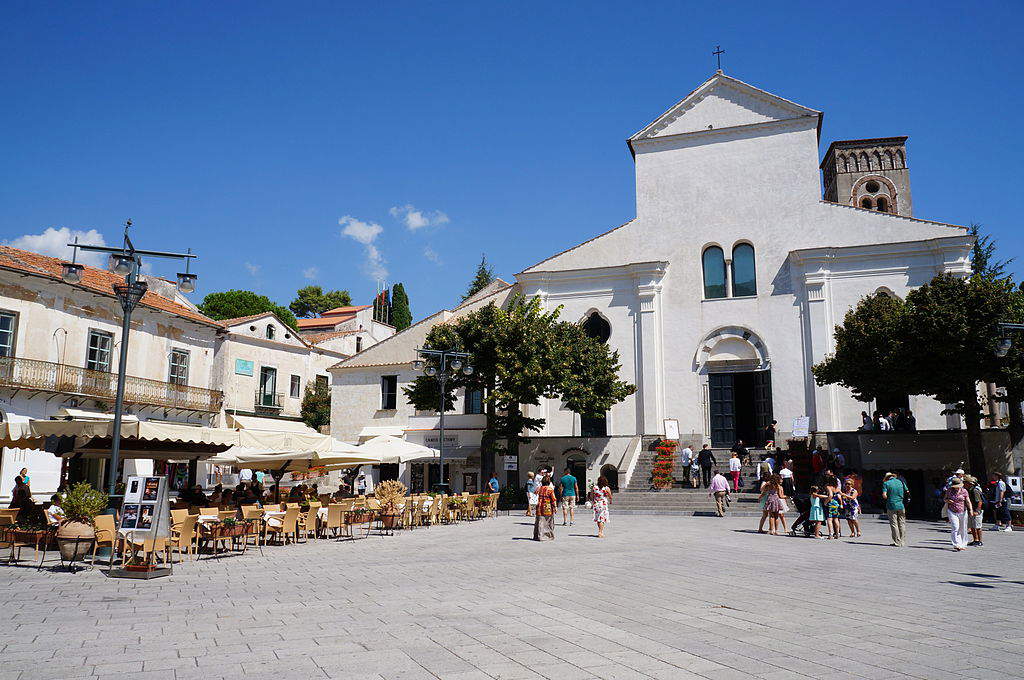
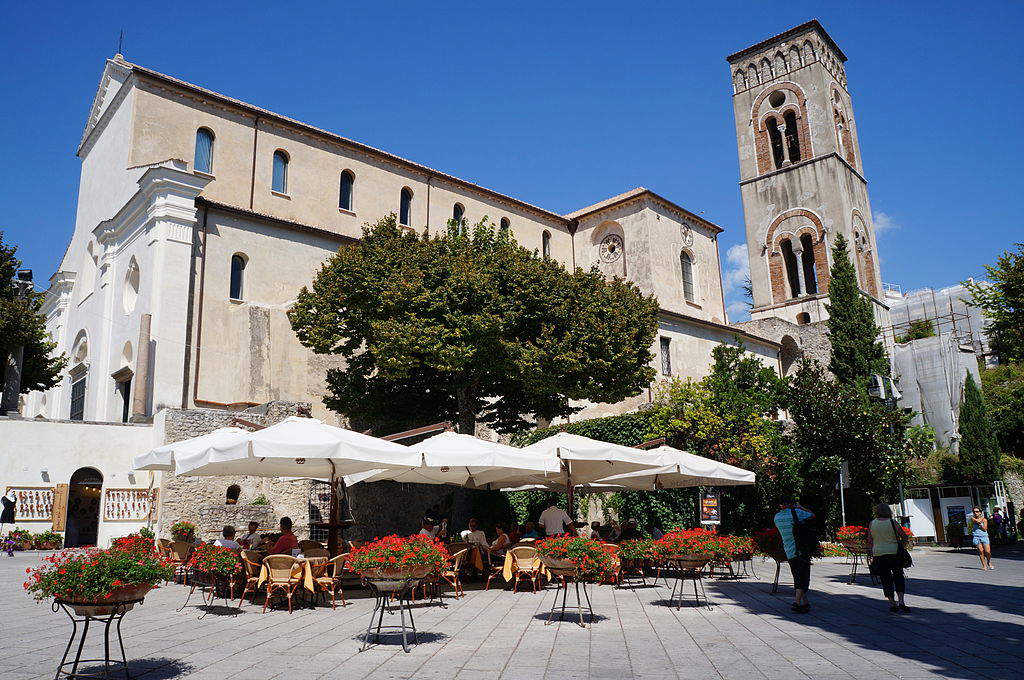
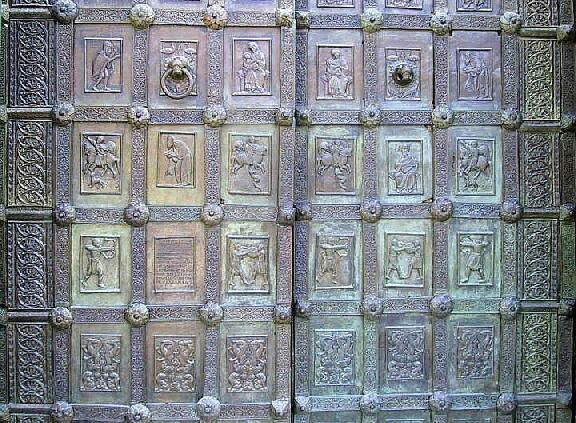
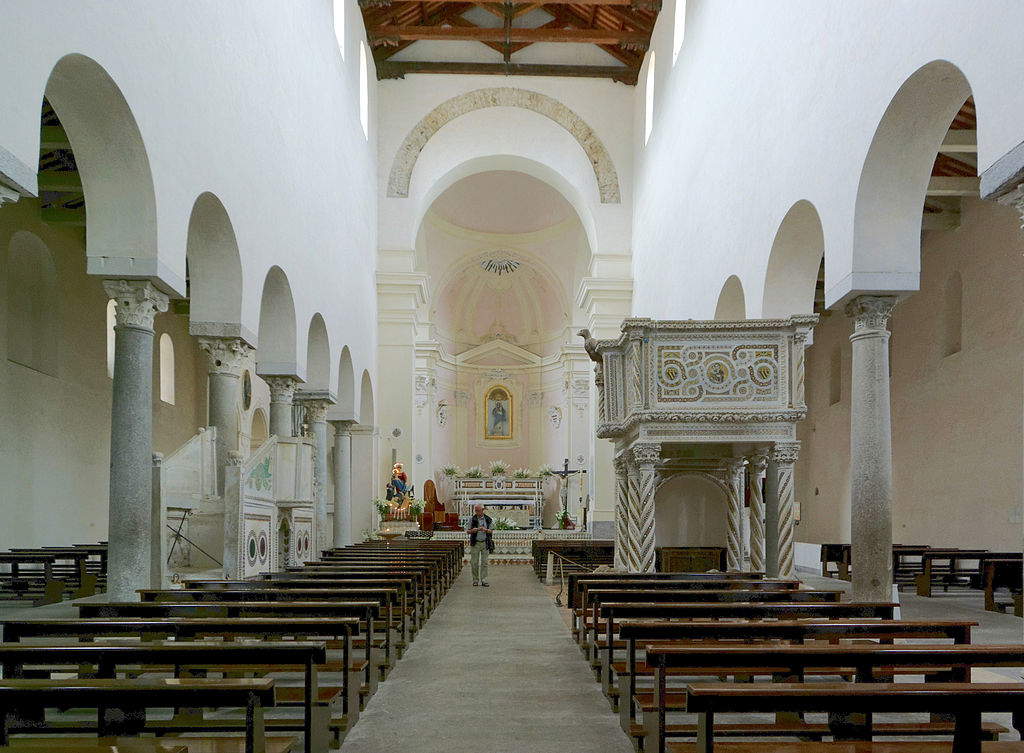
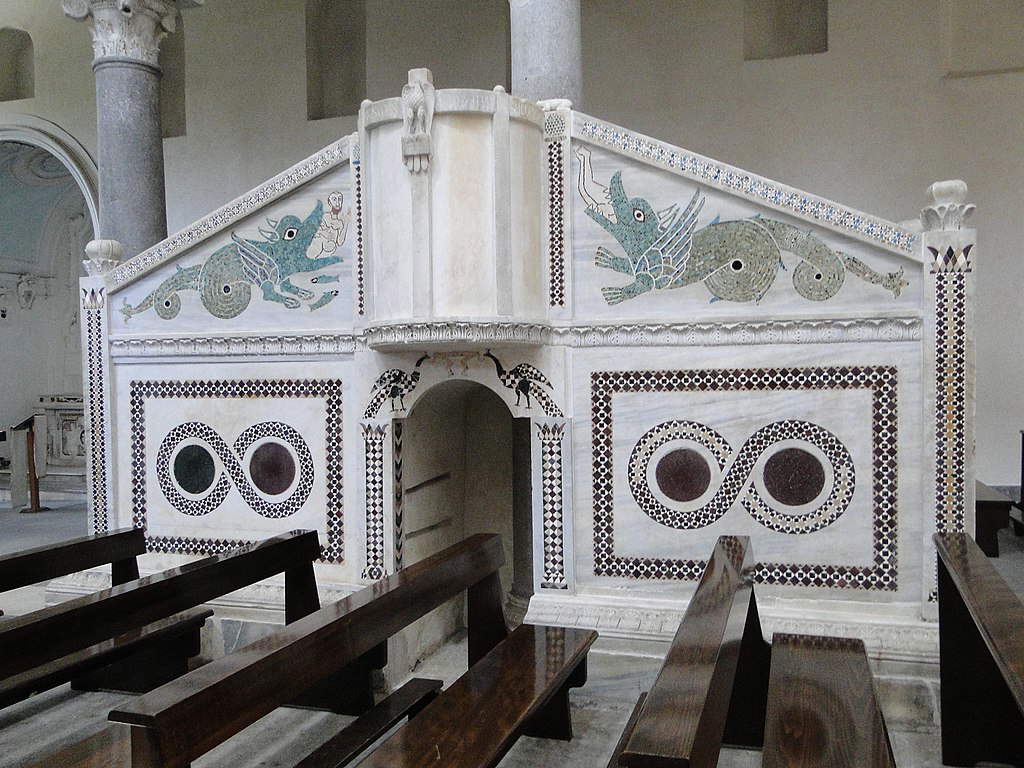
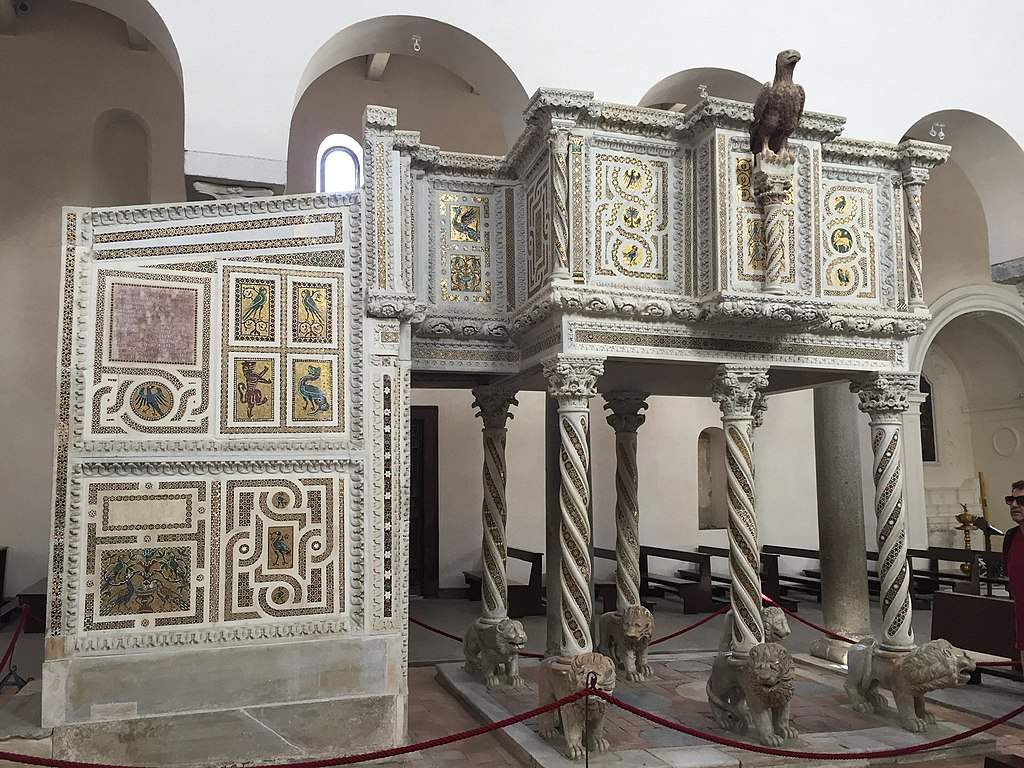
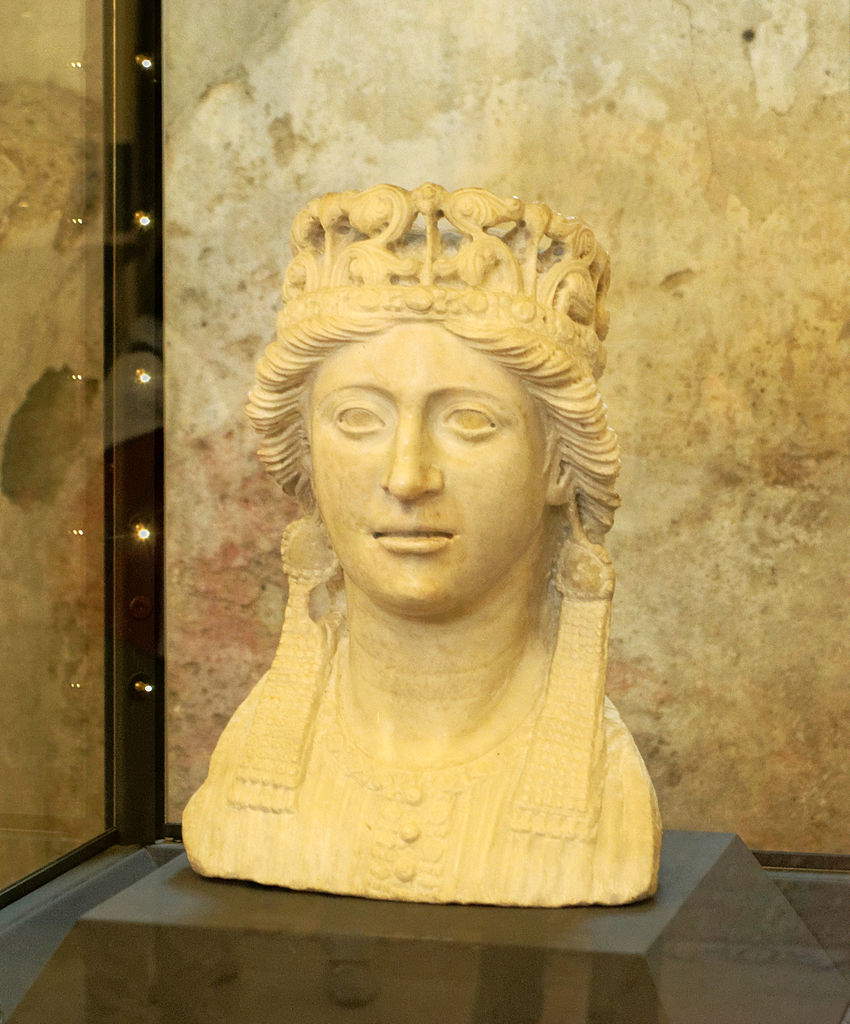
Most important is the chapel dedicated to the city’s patron saint, Saint Pantaleon the Healer, which was built in the 17th century to preserve inside the blood shed by the martyr when he was killed in Nicomedia. In the center of the chapel is a work depicting his death, painted in 1638 by the Genoese artist Gerolamo Imperiali, while his blood is kept in an ampulla and is subject to liquefaction every July 27, the day of his martyrdom. According to an ancient legend, the relic, would have arrived by sea as far as Ravello in a very peculiar and almost random way. Merchants, in fact, took the relic in Constantinople from the house of an elderly lady and brought it with them to Italy. Once they reached Marmorata they loaded the relic back onto the boat and a very violent storm prevented them from leaving for days, until they realized that the saint’s relic was telling them it wanted to stay in that land. When they called the bishop of Ravello to retrieve the ampulla, in fact, the sky brightened, the sea became navigable again, and the merchants were finally able to leave the coast.
Rounding out the visit to this spectacular cathedral with its very white facade is the Cathedral Museum. Several works of art are displayed there, such as the famous marble bust thought to belong to the wife of Nicola Rufolo, the wealthy merchant who commissioned the cathedral’s pulpit in the 13th century. Other sources tell instead how the bust may be a portrait of the Madonna or Joan, the Queen of Naples. The museum, established in 1983, is developed in the crypt of the basilica and in the area that was once used as a cemetery. The crypt is traversed by a row of granite columns with capitals now Corinthian, now medieval topped by fourteen cross vaults.
Also visible inside the museum are some important sculptural elements of the medieval bestiary that made up the 1279 ciborium. It stood on four columns with Corinthian capitals supporting lintels decorated with mosaics and symbols of the four Evangelists. The historian Francesco Pansa, in his Istoria dell’antica Repubblica di Amalfi (History of the Ancient Republic of Amalfi), briefly described the ciborium as a structure “with three wings, one with its cross in the middle of which is a tribune all of marble, supported by four columns, in each of which stands theeagle, the ox, the lion and the angel, hieroglyphics of the four evangelists, and of the plane of the base above said columns from the beginning an order of dome, supported by twenty-four small columns and above said dome there is another order of sixteen other small columns with its little dome, above which there is a ton, within which there is the hieroglyphic of the Agnus Dei and in the frontispiece of the first base, above the four columns, which is all of mosaic with the enterprise of the most noble family de Rufoli.” Unfortunately, about fifty years after the publication, a commission of experts decreed the removal of the very ancient tabernacle, because of “the imminent danger that threatens the little marble dome to fall at any moment for having suffered new great lesions in addition to those there were observed with the surveys made in the emergency about the demolition of it.” Since then, the ciborium was dismantled and some of its fragments were reused in the rooms of the cathedral, while others were dispersed. Although the historian’s words helped scholars retrace only part of the medieval fragments, Ravello Cathedral presents itself to the traveler as a poem in stone that is illuminated by an eternal light at every sunset and will always remain a symbol of art, faith and tradition for the city.
 |
| Ravello Cathedral, a concentration of medieval art on the Amalfi Coast |
Warning: the translation into English of the original Italian article was created using automatic tools. We undertake to review all articles, but we do not guarantee the total absence of inaccuracies in the translation due to the program. You can find the original by clicking on the ITA button. If you find any mistake,please contact us.